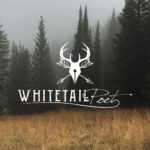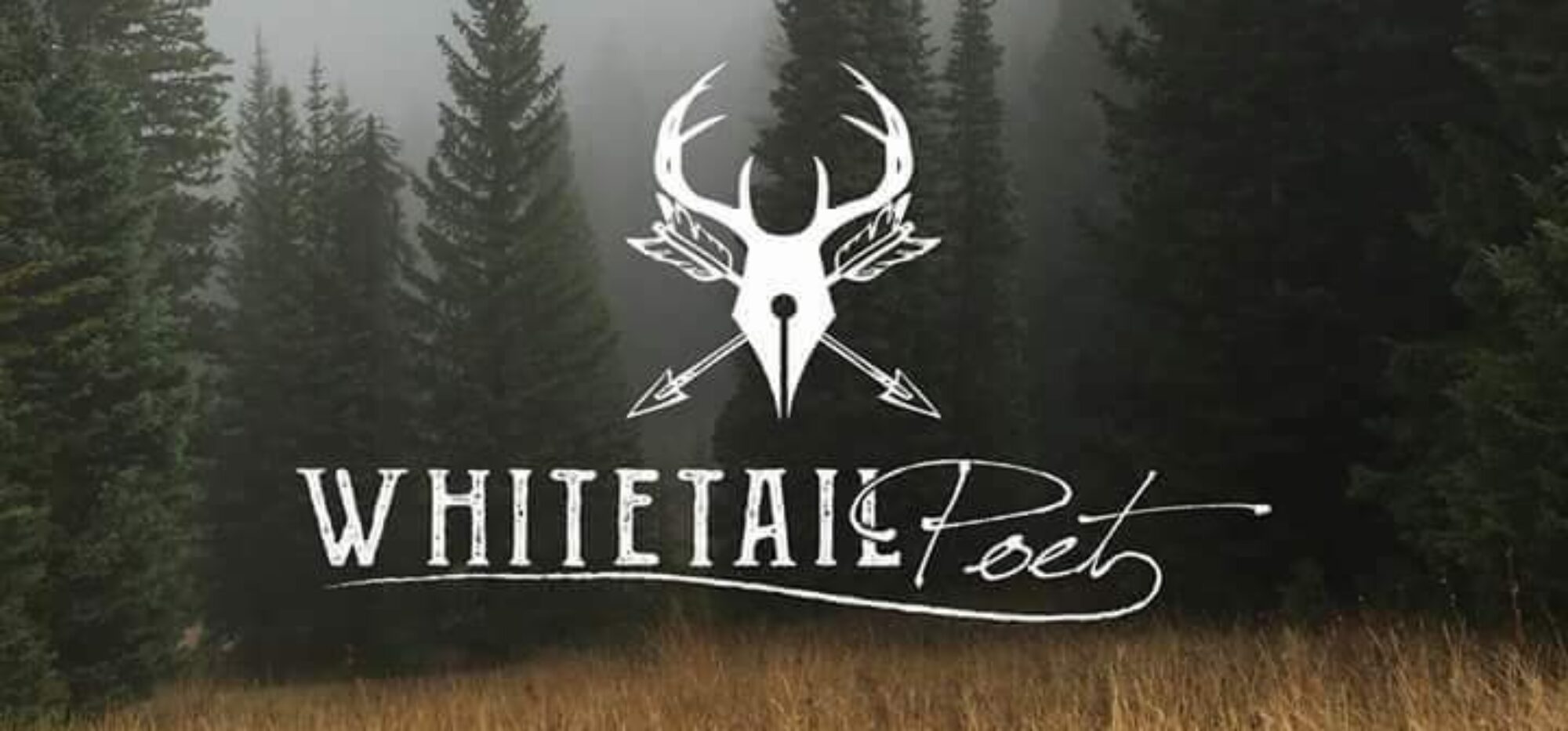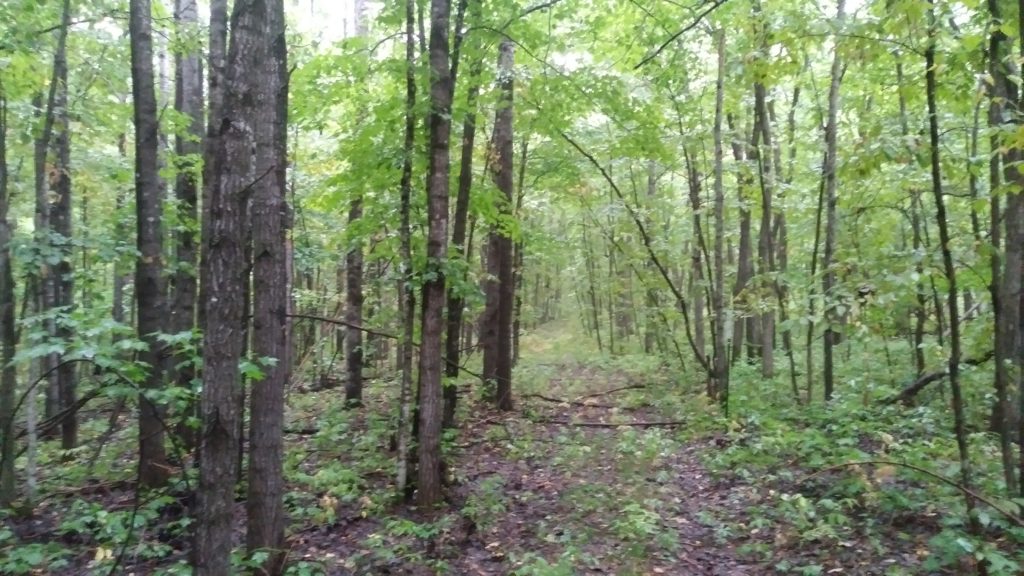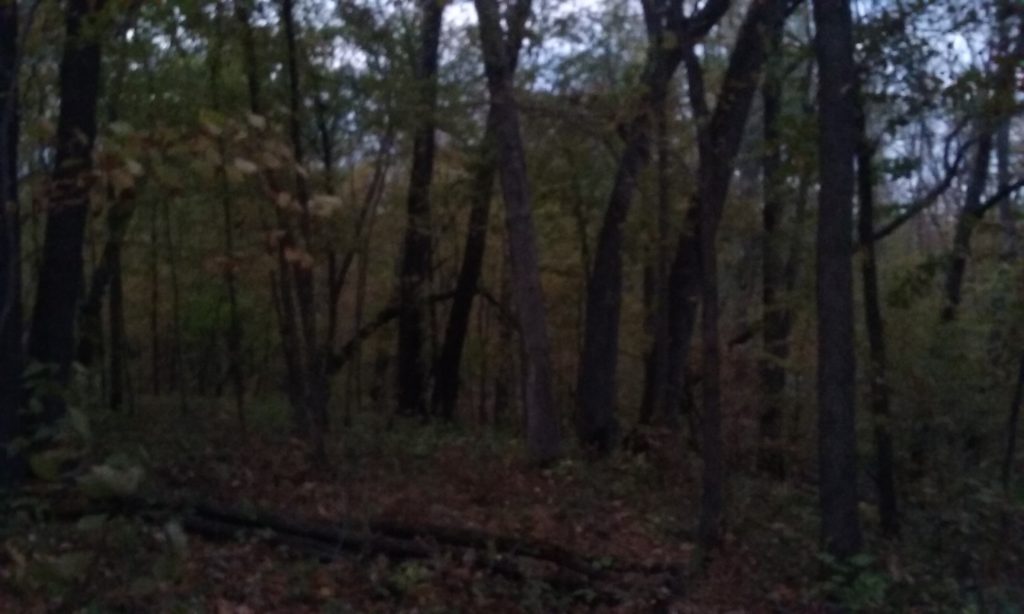
My Grandpa Johan Bakke settled a piece of farm land on a hill overlooking the Sandhill River near Winger, MN in the north-west region of the state. I remember walks along a tractor trail and exploring the river flats as a young boy when we would visit. Years later, I hunted this farmland with my Son Nate. On one outing we experienced the most exciting rifle shooting we’ve had together.
It was one of those clear, warm, fall days, that lent itself to dreamy afternoon hours watching painted clouds set against the bright sky and listening to songbirds prepare for their journey south. The morning had been quiet except for observing some families of doe’s walk by our stands. But this year all we had in our pockets were buck tags.
After lunch I decided to still hunt a section of the river along a tree line.
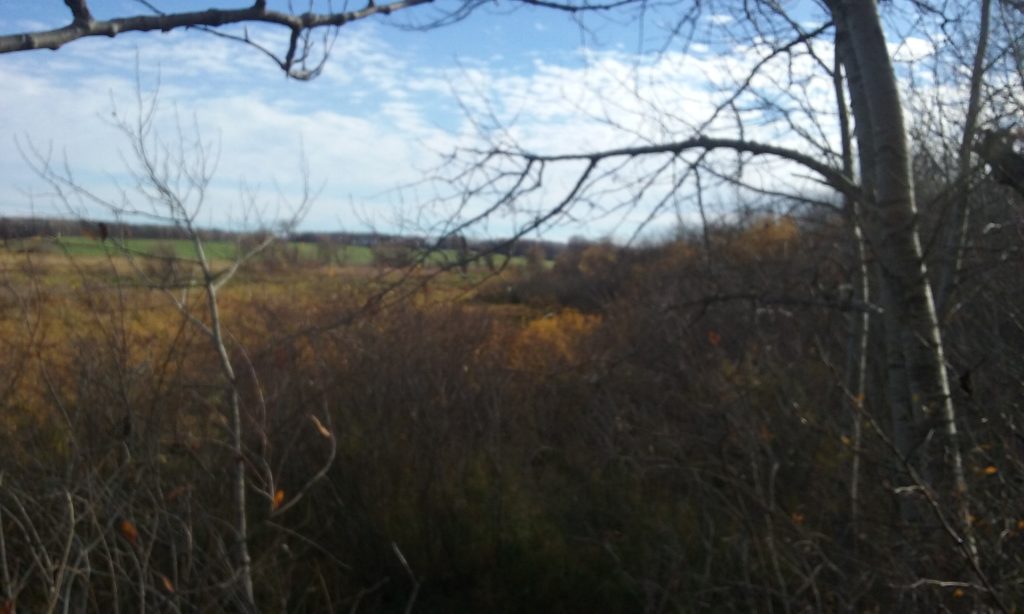
There was a good hunting wind. I tried to spot bedded deer soaking in the sun or catch a cruising buck. Meanwhile, Nate climbed a stand to spy a section of field and trees about fifty yards up from a well-used crossing by the river.
The walk took several hours to pull off. With no deer sighted I approached the section my son was watching and hunkered down out of sight behind a tall bank to rest in the soft grass while keeping an eye on the flats across the Sand Hill waterway… not long after, the stillness erupted into a volley of rifle shots and adrenaline.
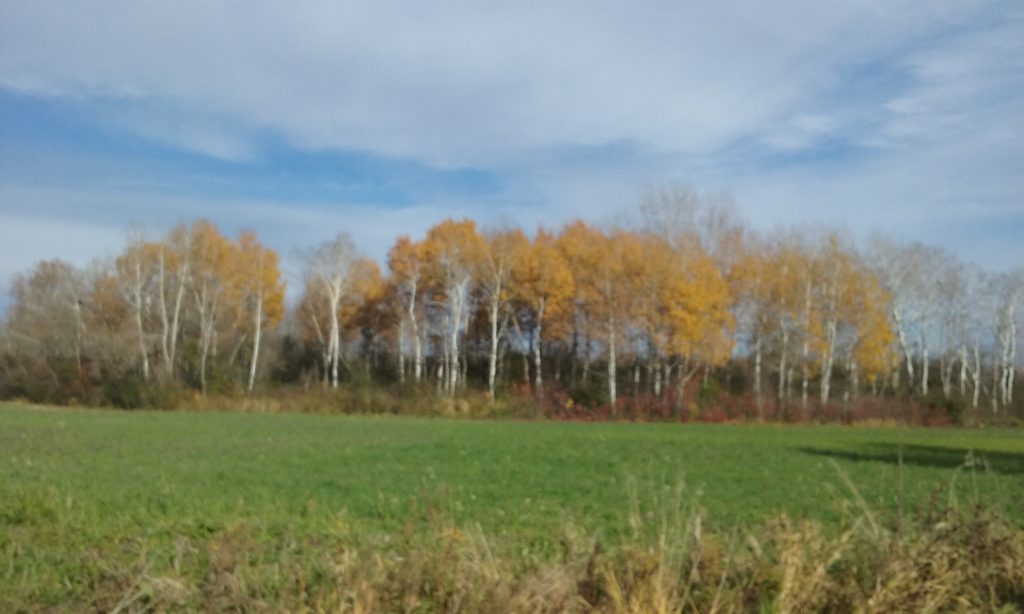
The bark of my Son’s Marlin 30-30 jolted me out of my slumber and I wheeled around, scrambled up the bank, a saw a nice young buck wheeling full bore across the plowings towards a far wood-line. I heard Nate send another shot. The animal was racing from my right to left about a hundred yards out, I pulled up my Remington 30-06 semi-auto, joined the fray, and tried my best to lead the buck with three quick off-hand shots. Nate sounded off at least once or twice more with some long desperation shots, but the deer was unscathed and almost out of sight.
With one shot left in the magazine I leaned in as the buck made a sharp right and tried a quick escape into the brush. This move exposed the only option that remained for me. All I could hear was my old mentor saying a good butt-shot, is a good kill shot. I squeezed off my last round and the animal dropped in its tracks. I could not believe it! The blow shattered the deer’s tailbone, killing it instantly, and did not waste one ounce of meat.
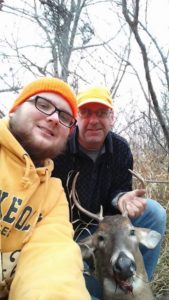
With a shout I climbed onto the field and met Nate who was equally excited over the sudden burst of excitement and the reality we would have venison in the freezer after the slow-going bucks only season.
Even now, years later, there is debate as to which one of us finally dropped the buck. Though the youngster may not admit it, we all know it was the old-timer’s amazing two-hundred yard, straight away, off-hand shot that finished the day!
Peace
